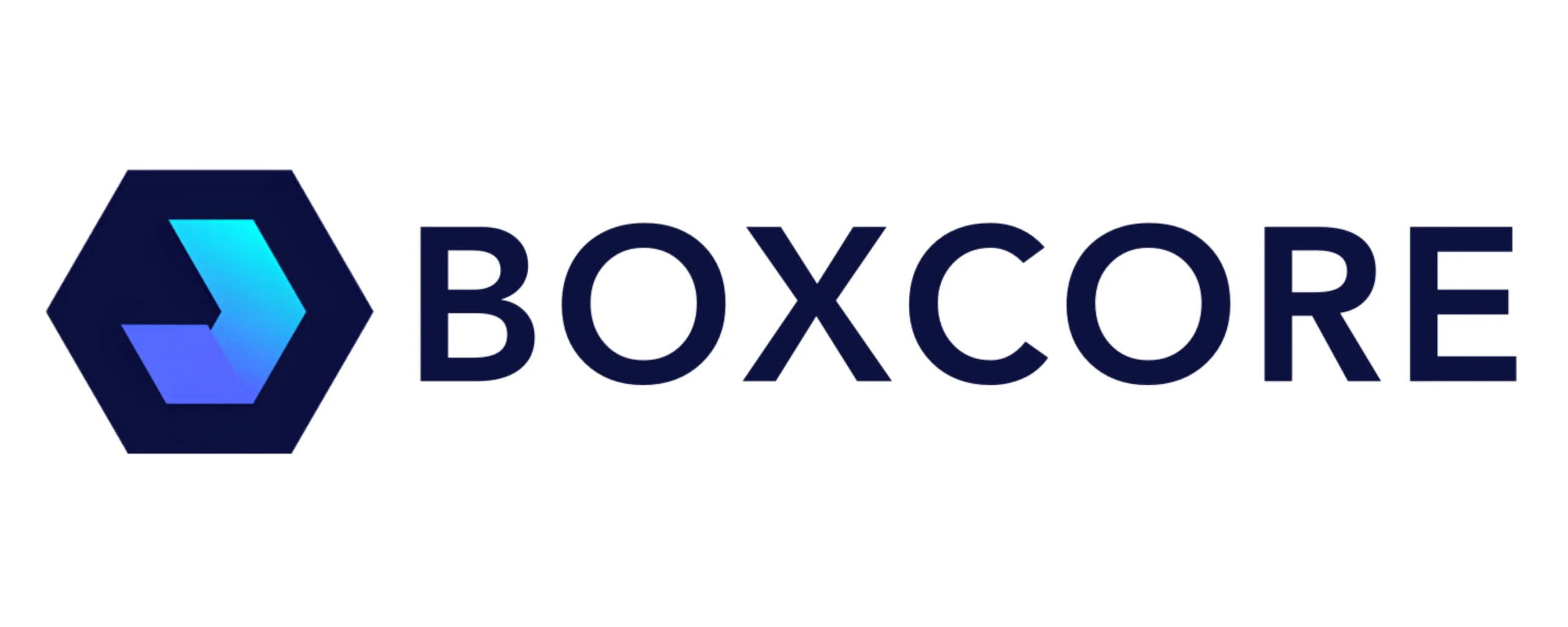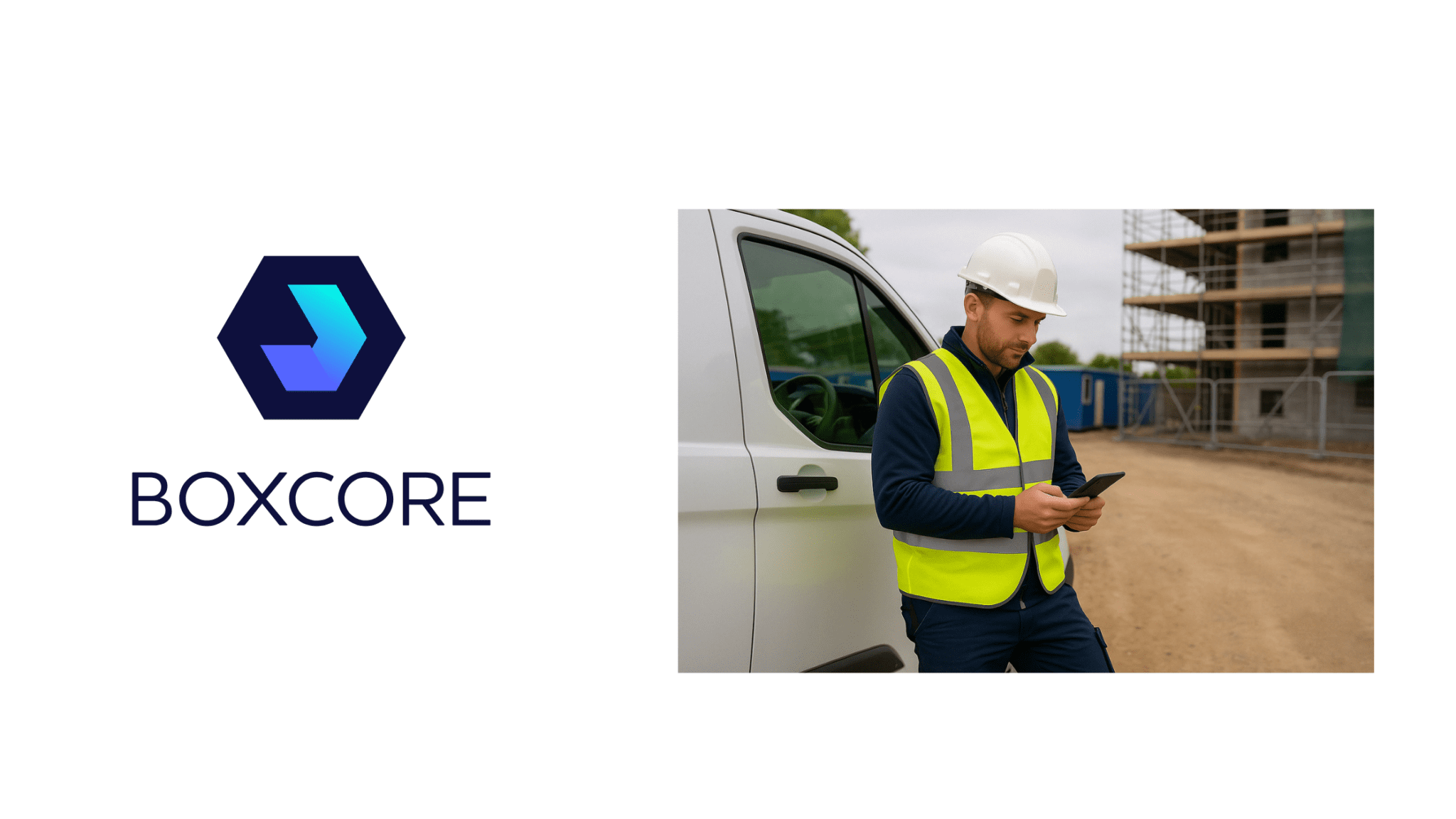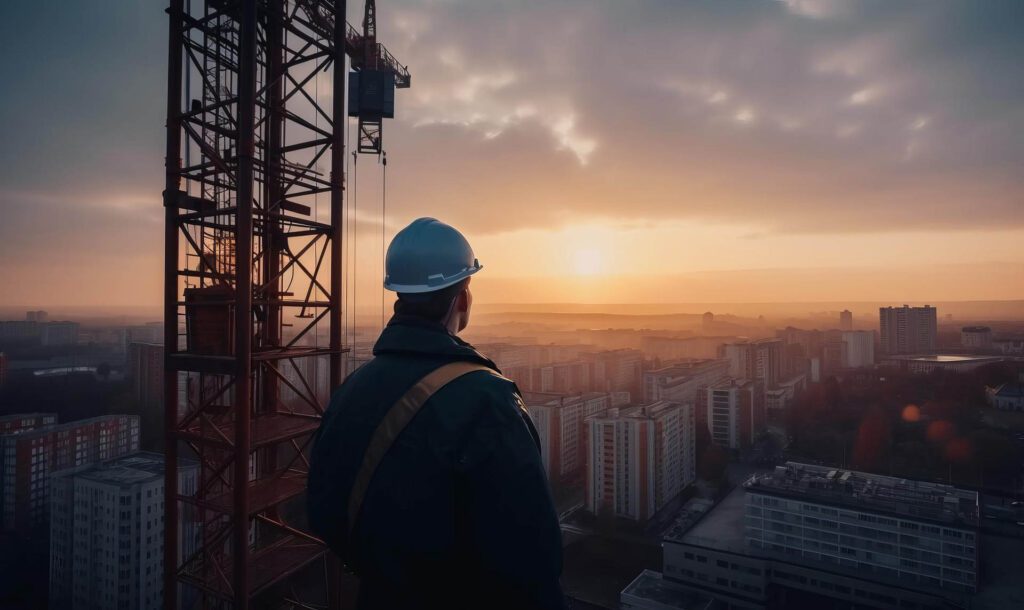Why Choosing the Right Types of Construction Safety Software Matters
Construction teams operate under increasing pressure—tighter deadlines, complex subcontractor chains, and stricter compliance demands. And yet, many projects still rely on outdated or ill-fitting digital systems to manage workforce safety. That’s where choosing the right types of construction safety software makes a real difference.
But with so many platforms on the market, it’s not just about picking a tool—it’s about picking the right kind of tool for the job. The wrong fit leads to poor adoption, wasted spend, and risky gaps in compliance.
Let’s break down the four main types of construction safety software you’ll encounter and explore the five non-negotiables you should demand from any solution you consider.
4 Common Types of Construction Safety Software
1. General Project Platforms: Procore, Autodesk, and Others
General construction platforms like Autodesk and Procore are widely used for project coordination and design documentation. While these systems offer some safety-related functionality, they’re not purpose-built for frontline safety operations.
They may include forms, uploads, and checklists—but without native support for site-level compliance checks, automated training registers, or integrated access control, you’ll end up managing safety in multiple apps.
Where it falls short:
- Designed for office teams, not site operatives
- No easy visibility into worker training or attendance on projects
- Requires bolt-ons or third-party tools to handle RAMS, inductions, or inspections
That’s why many contractors using these systems still need to layer on safety-specific platforms like Boxcore.
2. Point Solutions: Focused Tools That Only Solve One Problem
You’ll also find tools that do one thing well—whether it’s managing incidents, carrying out audits, or delivering toolbox talks. Tools like SafetyCulture or iAuditor fit this mould.
The issue? These point solutions don’t offer the full picture.
You might get slick audit reports, but if that system doesn’t sync with your onboarding, access control, or document registers, you’re still juggling data across multiple sources. That invites human error and slows everything down.
Where it falls short:
- Doesn’t replace manual registers or spreadsheets
- No link between training records and site access
- More tools = more training, more admin
For high-risk work environments, partial coverage simply isn’t good enough. It creates blind spots—something you can’t afford on active sites. The best types of construction safety software bring all safety data into one place.
3. Office-First Safety Platforms: Built for the Back Office, Not the Field
A large share of older safety platforms are built around desktop usage and admin workflows. They often require safety officers or compliance managers to act as gatekeepers—chasing paperwork, issuing reminders, and updating registers manually.
But construction safety doesn’t happen at a desk. It happens on site.
Where it falls short:
- Not mobile-first—poor usability for foremen and supervisors
- Slow onboarding—steep learning curve for subcontractors
- Delayed visibility—data updates lag behind real-time needs
These systems can work in theory, but they fall apart in the field. And when field adoption fails, safety compliance quickly breaks down.
4. All-in-One Site-Focused Solutions: Boxcore and the Future of Construction Safety
Boxcore was designed specifically to eliminate the patchwork of spreadsheets, emails, and mismatched systems that plague modern sites. It’s a mobile-first, cloud-based safety and workforce management platform built for real-world construction teams—not just head office staff.
It combines:
- Digital inductions or Orientations
- Facial recognition-based access control
- Live time and attendance tracking
- Automated training and asset registers
- Real-time dashboards across every project
Explore our all-in-one platform to see how you can digitise your entire safety workflow with one easy-to-use system.
As Padraig Reilly, CEO & Founder of Boxcore, puts it:
“Time is scarce and teams don’t have the bandwidth for tools that don’t deliver a clear return quickly. Contractors want to reduce admin and get better visibility across projects. That’s what we’re focused on—helping contractors cut through the clutter with one simple, powerful platform.”
Read more on why contractors are switching
5 Things Every Construction Safety Platform Must Deliver
1. Simple Setup and Rapid Adoption Across Dynamic Supply Chains
In construction, no software works unless site teams actually use it. That means the interface must be clear, mobile-optimised, and quick to learn. Complex onboarding, 40-minute tutorials, or clunky dashboards won’t survive the realities of a busy site.
Look for solutions that:
- Get new workers onboarded in minutes
- Require little or no training for use
- Work for main contractors, subcontractors, and can be be used with minimal training required
Boxcore gets teams up and running using our solution with only a few minutes training required.
2. One Source of Truth for All Safety Data
Juggling five platforms for inductions, permits, incident reports, and access logs isn’t just a hassle—it’s a risk. Safety data should be connected, complete, and instantly accessible from any device.
That means:
- No more paper forms or Excel registers
- No duplicate data entry or manual email chains
- One place to store, view, and update all key safety documents
See how Boxcore eliminates silos
3. Integration with Access Control and Time Tracking
Software that doesn’t control who gets on site—or track who’s working where—is missing half the picture. Especially in environments with strict requirements (e.g. SST in NYC, CSCS in the UK, or Safepass in Ireland), your safety platform must be able to:
- Automatically restrict access to non-compliant workers
- Provide accurate time and attendance data
- Deliver audit-ready records linked to worker training
Boxcore uses facial recognition to give contractors secure, hands-free control over site access and real-time visibility of every crew on site. The best types of construction safety software bring safety and workforce management back into one platform seamlessly.
4. Proven Cybersecurity Standards
Your safety data includes personal information, training certificates, incident logs, and more. It must be protected to the highest standards.
Boxcore is fully SOC2 Type II certified, giving you confidence that your data is encrypted, controlled, and monitored in line with the strictest international standards.
This is especially important for public-sector or large commercial projects that mandate enterprise-grade security protocols. The best types of construction safety software prioritise security and privacy.
5. Seamless Integration with Major Project Platforms
While general platforms like Procore and Autodesk may not be safety-first, many contractors still use them to manage broader workflows. That’s why your safety software must integrate—not compete.
Look for platforms that:
- Sync easily with existing project tools
- Avoid duplicating work across systems
- Support data export for external audits
Boxcore connects with Procore through the Procore Marketplace, making it easy to centralise site safety while keeping your project management stack intact.
Final Thought: Start With the Realities of Site Life
The most effective types of construction safety software doesn’t just tick compliance boxes—it makes site teams’ lives easier. It removes the bottlenecks, joins the dots, and gives everyone—from foremen to directors—instant clarity over who’s compliant, who’s on site, and what needs attention.
That’s the approach Boxcore was built around.
And it’s why our customers—whether Tier One contractors or growing subcontractors—get full value fast.
Ready to simplify your safety processes and gain better control?
Explore Boxcore’s full platform here or see how we support subcontractors too


